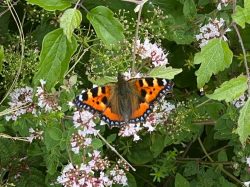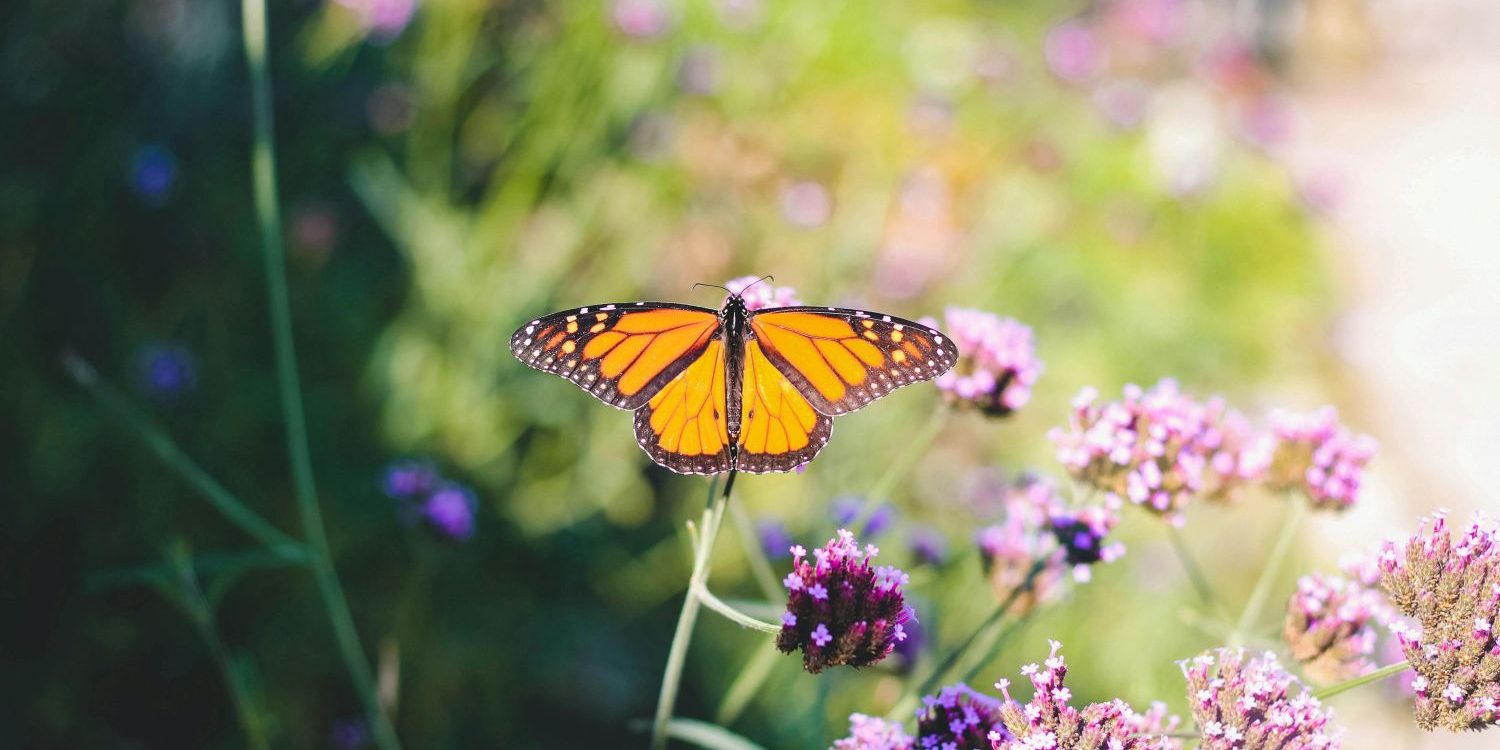Fluctuating weather conditions pose a huge threat to butterfly species, but here’s how we can help
For most of my life, I have taken part in Butterfly Conservation’s Big Butterfly Count, a survey completed by people all over the UK, with this year’s count taking place between 18 July and 10 August. Following last year’s survey, Butterfly Conservation declared a “butterfly emergency” in the UK, calling on the government to recognise the sharp decline in butterfly numbers and similarly declare this a “nature emergency”. Since then, Butterfly Conservation has succeeded in getting neonicotinoids – a specific type of pesticide known to be harmful to butterflies – banned from use in the UK.
The reduction in butterfly numbers has been an increasingly large issue in recent years, with the UK’s butterfly monitoring scheme finding that 31 out of our native 59 species have declined substantially since the monitoring began in 1976. Butterfly populations will continue to shrink without greater action being taken against rising temperatures and habitat destruction. As an annual contributor to the Big Butterfly Count, I have observed a noticeable decline in several species of butterfly over the years with my own eyes.
The small tortoiseshell is the last remaining tortoiseshell species in the UK – we used to have three species of tortoiseshell frequenting our gardens
My interest led me to conduct my own research in this area, and a few years ago I completed a piece of maths coursework analysing the correlation between the decline in butterfly numbers and the rising temperatures in the UK. Undoubtedly, the correlation was strong. However, there are many more detailed studies that have been carried out recently suggesting that the climate crisis has a much larger impact on species decline than we might have previously thought. Butterfly populations often fluctuate with the weather in the UK, which has started to become more and more unpredictable due to climate change. Dr Richard Fox from Butterfly Conservation, said in a recent BBC Radio 4 interview that “these already depleted and highly vulnerable butterfly populations are unable to bounce back like they once did” due to the increasingly unpredictable weather conditions in the UK.
Certain species are most at risk from these changes in the weather. The small tortoiseshell butterfly, pictured below, has suffered an 86% decline in numbers over the last 49 years. Many may be unaware that the small tortoiseshell is the last remaining tortoiseshell species in the UK – we used to have three species of tortoiseshell frequenting our gardens. The scarce tortoiseshell, or yellow-legged tortoiseshell, was last recorded in the UK in 2015, with a single sighting in West Kent. This particular species can still be found across eastern Europe and even China, but the large tortoiseshell was not so fortunate. Once a common species in the woodlands of southern England, it declined to extinction in the 1960s due to changes in the climate. While a few of these butterflies remain in Europe, they too are starting to dramatically reduce in numbers.

Small tortoiseshell butterfly. Image: Georgia Carwardine / The Boar
So, what can we do to help slow the decline of more of our butterfly species? Dr Fox encourages us to let our gardens grow wild, providing a natural environment supportive of a wider range of butterflies. If you’re able to add new plants to your garden, the best plant to start with is a buddleia, or butterfly bush. These flowers not only attract an array of butterfly species, from the Peacock to the Red Admiral, but will also benefit other insects such as bees.
There is still more to be done than simply adding flowers to our gardens. Fundamentally, the climate crisis and the unstable temperatures and weather patterns it causes continue to be a major problem not just for our butterflies, but for our planet as a whole. If you are interested in helping preserve the biodiversity of our butterflies, please consider taking part in the Big Butterfly Count between 18 July and 10 August – if you’d like to do even more, consider signing up to Butterfly Conservation’s mailing list to find out how you can get more involved!

Comments